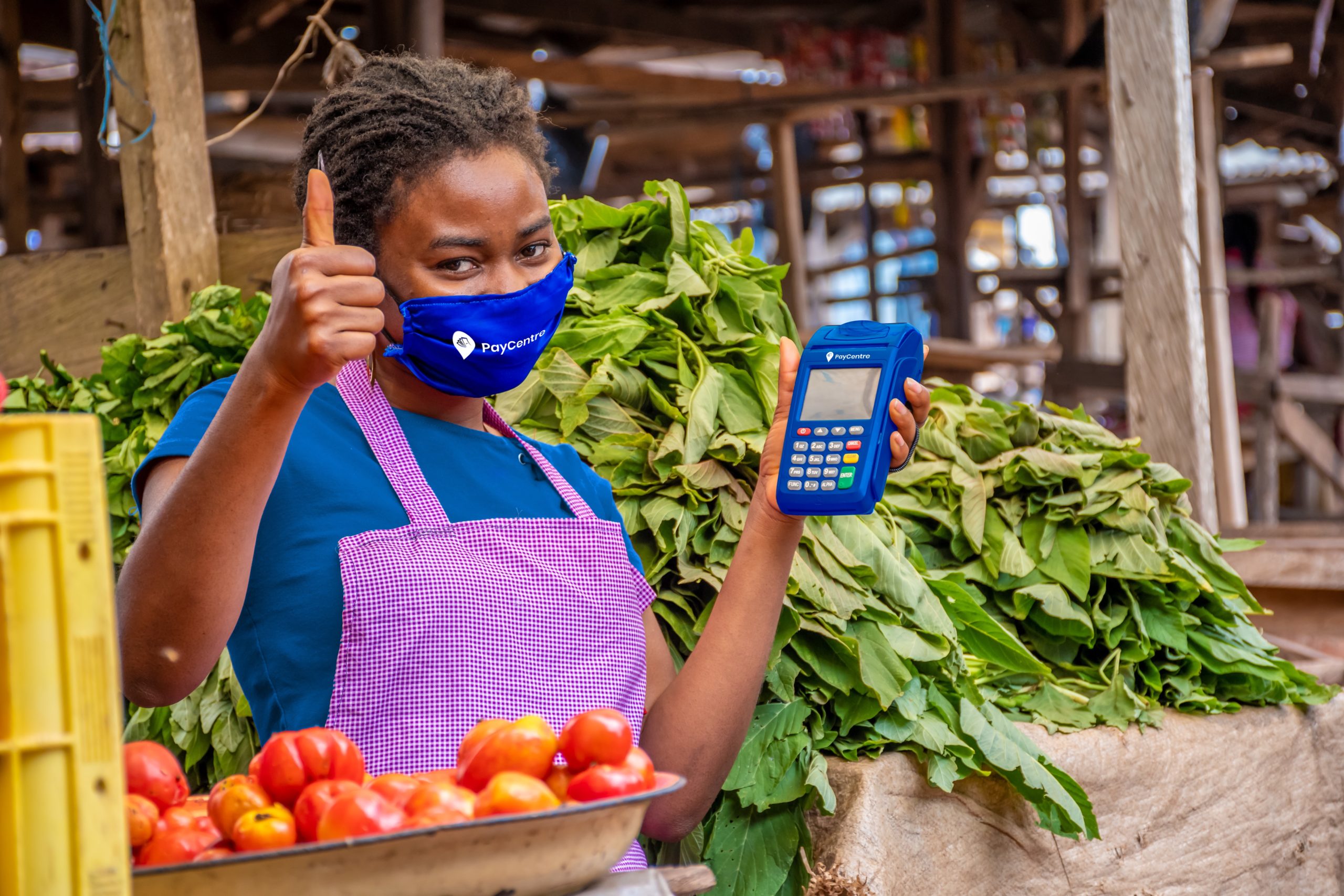Africa’s digital payments economy: enabling true disruptive innovation.

Harvard professor Clayton Christensen felt that disruption was both devastating and inventive. It makes sense. It begins when a firm targets overlooked – typically low-profitability – segments of a market, or creates a new market where none existed, and offers low-cost solutions. The entrant gains a foothold, eventually moves up-market and soon co-opts mainstream customers: the entire process of which is “disruption.”
Uber is a good example of revolutionary innovation that just isn’t quite disruptive: it began mainstream – targeting the existing market served by taxis. And while it has evolved downmarket, in countries like Nigeria, Uber only just launched its Uber Go service in August 2021 – offering lower-cost rides from ~USD 0.7. The distinction between innovation and disruption turns on that initial entry to the market: true disruption must entirely transform a solution or product for an overlooked market segment with no initial access to it.
Africa’s digital economy: disruptive or simply innovative?
Fintechs and digital payments operators globally have sought to plug the gaps between what traditional banks offer and what savvy customers have come to expect. But the approach is fundamentally different between the global north and south, particularly in Africa. In the latter, these operators are also reconfiguring the continent’s financial infrastructure; bridging the “access” gap and exploring new lower-cost solutions to old problems – preempting mainstream offerings in some cases. Kenya’s hugely successful MPesa allows customers to send and receive money via mobile phones. Milvik sells insurance in two African countries, deducting premiums from mobile top-ups. Pula insures small-scale farmers, tracking the weather via satellite and paying out in money or new seed, and Piggyvest targets low- to middle-income Nigerians with automated savings features and investment offerings, including a much-needed Flex Dollar savings scheme.
And yet, in African economies, where adaptation is slow, there is a ceiling for the depth of scale these operators can deploy, and it often ends with the lower-middle class. Africa’s digital payments operators also remain limited in potential by relatively low internet and mobile phone penetration. Until the continent’s particular infrastructural deficits are tackled, it is difficult to map out how operators might fully engage the ‘low-profitability’ customer base that is typically the fuel for a disruptive business model.
This also isn’t to say that mainstream operators have been entirely complacent. For instance, traditional banks are – for the most part – driving what Christensen described as “sustaining innovations” – they make improvements to existing services, in pre-existing markets, to serve the most demanding customers or in response to technological advances. But new markets are hardly pursued and growth is reactive – certainly not disruptive.
Limiting Africa’s digital payments economy revolution
Governments need to generate revenue. How and when they do this are difficult political questions and often the difference between winning and losing elections – the main goal of any astute politician. Fiscal tools as often deployed on the continent however, can run counter to innovation goals. In Uganda, where digital payments are bringing lower-income communities into the financial system, rent-seeking behaviour has driven many right back out. The government’s 2018 mobile money tax drew backlash that prompted a reduction of the proposed tax and its sensible removal from all but withdrawal services. A similarly introduced OTT (aka social media) tax in 2018 saw three million people drop off the internet in the first three months of implementation, with only 17% revenue target achieved. While COVID-19 forced the government to reduce its mobile money tax, it subsequently traded the OTT tax for a whopping 12% tax on internet data in the financial year 2021-2022.
Elsewhere, Ghana has an existing communications service tax of 5%. Yet, presently, the government is debating the imposition of a 1.75% levy on mobile money transactions above 100 cedis (~USD 16), at a time when civil servants, teachers, even drivers, are striking and rising living costs are imminent. Cameroon’s new all-encompassing 0.2% tax on mobile money transactions, signed into law in its 2022 tax legislation, has been called a lazy tax. Still, from East to North Africa: Kenya, South Africa, and Egypt; governments are considering similar digital money taxes – hardly the bedrock for innovation, and ensuring that these services may remain just out of reach of those market segments with the direst need for them. While fiscal considerations are important, any taxes imposed must be able to meet the goal for which they are designed – particularly where substitution options exist. And for the African payments economy, the substitute is clear: cash. It’s long existed and even thrived amongst the very market segment needed to fuel disruption.
What then?
To remain competitive in early stages, disrupters need to be enabled. But none of this is to say disruptive innovation is the ideal. Indeed, companies, employees and would-be entrepreneurs must avoid the trap of creating unrealistic expectations of market dominance. Afterall, most product innovations fail. Sustainable innovation should be encouraged because it is just that: sustainable. The digital economy draws sustenance from the growth that is triggered when existing players make their incremental changes, leaving room for disruptors to make true transformational changes.
On the African continent, social data will play an increasingly central role over the next few decades, as social media usage may well shape the ways in which we save, spend or are assessed as creditworthy. With this will come increased questions around data protection and privacy rights. Given diverging national treatment of data and social media, and the advent of the African Continental Free Trade Area (AfCFTA), African nations must treat with utmost urgency, the harmonisation of their trade rules.
True disruptive innovation is hard to see coming. And with the scale of the infrastructure deficit we are only just now tackling, it may be that it is sustainable innovations that will keep progress going. However, to say that Africa’s digital economies aren’t experiencing a disruption is to take a reductive understanding of the term. The disruption that African economies are seeing is, largely, creation.
About the Author
Amaka Yvonne Onyemenam is a Consultant at Africa Practice, focusing on technology policy and the digital economy. She can be contacted on [email protected]
*Image credit: E-Settlement Ltd
Proud to be BCorp. We are part of the global movement for an inclusive, equitable, and regenerative economic system. Learn more


